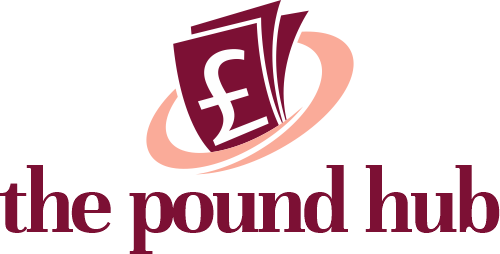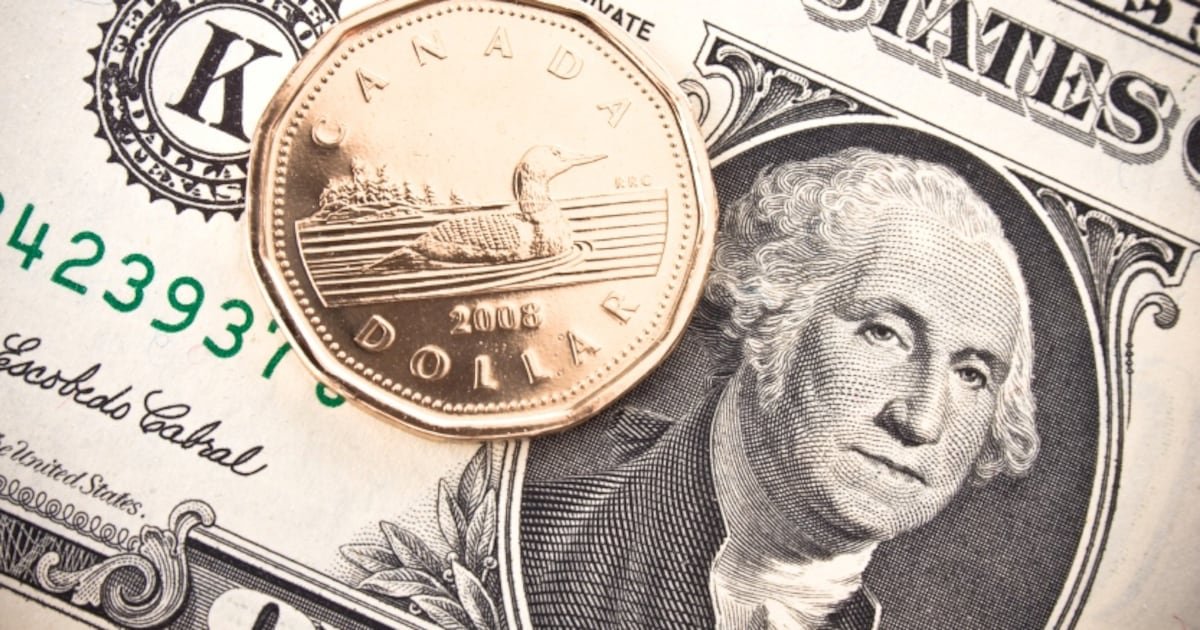The spike in oil prices threatens to disrupt the current narrative surrounding US inflation, which has proven more benign than expected in the face of US tariffs. So far, goods inflation has stayed remarkably calm, while price pressures within services, which represent three-quarters of the core CPI basket, have begun to ease.
We don’t think that will last. Inventory buffers may have allowed firms to put off decisions about raising prices, but that won’t be the case for much longer. We expect to see bigger spikes in the month-on-month inflation figures through the summer. The Fed’s recent Beige Book cited widespread reports of more aggressive price rises coming within three months. Higher oil prices only add to that.
Ten years ago, central banks, including the Federal Reserve, would have viewed an oil price spike as a dovish factor for interest rates. Weaker growth typically outweighed concerns about a short-lived spike in inflation. But that thinking has changed considerably since the Covid pandemic. In Europe, the 2022 natural gas and oil price spike fed a long-lasting pick-up in service-sector inflation. Officials at both the Federal Reserve and Bank of England have warned about a similar feedback loop emerging today. The Bank for International Settlements has warned central banks that it will be harder to simply look through supply shocks.
Those fears may be overblown. Through both the pandemic and 2022 energy price shock, the broader economic environment was ripe for inflation to take off. In both cases, governments offered substantial fiscal support to offset the impact, a task made much harder today by higher interest rates and jittery financial markets. And the jobs market was considerably stronger too. In 2022, there were two job vacancies for every US worker. Now there is only one, which is below pre-pandemic levels. The scope for a resurgence in wage growth is more limited.
Higher oil prices clearly reduce the chances of the Federal Reserve cutting rates in the third quarter. We already felt those chances had fallen over recent weeks. But by the latter stages of the year, we think the impact of tariffs on inflation will begin to wane and service-sector disinflation will have gathered pace. At the same time, the economic hit from the US trade war will have become more apparent in areas like unemployment. We expect the first Fed cut in the fourth quarter, potentially starting with a 50 basis-point cut in December. A rapid string of cuts could take rates down to 3.25% by mid-2026.
These developments also make life harder for the European Central Bank. Eurozone inflation has been muted over recent months thanks to lower energy prices. That risks changing now, and higher costs are yet another concern for the manufacturing sector.
It’s a further hit to confidence, which is already weak thanks to broader geopolitical and economic uncertainty. Consumers are saving more, and firms are delaying investment. A further escalation in Middle East tensions would add to that negative sentiment and weigh on growth.
If that happens over a prolonged period, the eurozone outlook becomes more stagflationary. An ECB scenario shows that a 20% spike in energy prices could cut growth by 0.1pp in both 2026 and 2027. Inflation would be 0.6 and 0.4pp higher, respectively, relative to its base case. While we’re not yet in this more extreme scenario, it makes it tricky for the ECB to respond. Higher energy price volatility means the ECB will look even more closely at underlying inflation. We expect one more ECB rate cut in September, though President Christine Lagarde will be happy that she can use the recently announced pause to see how things play out before deciding whether to cut rates below neutral.







